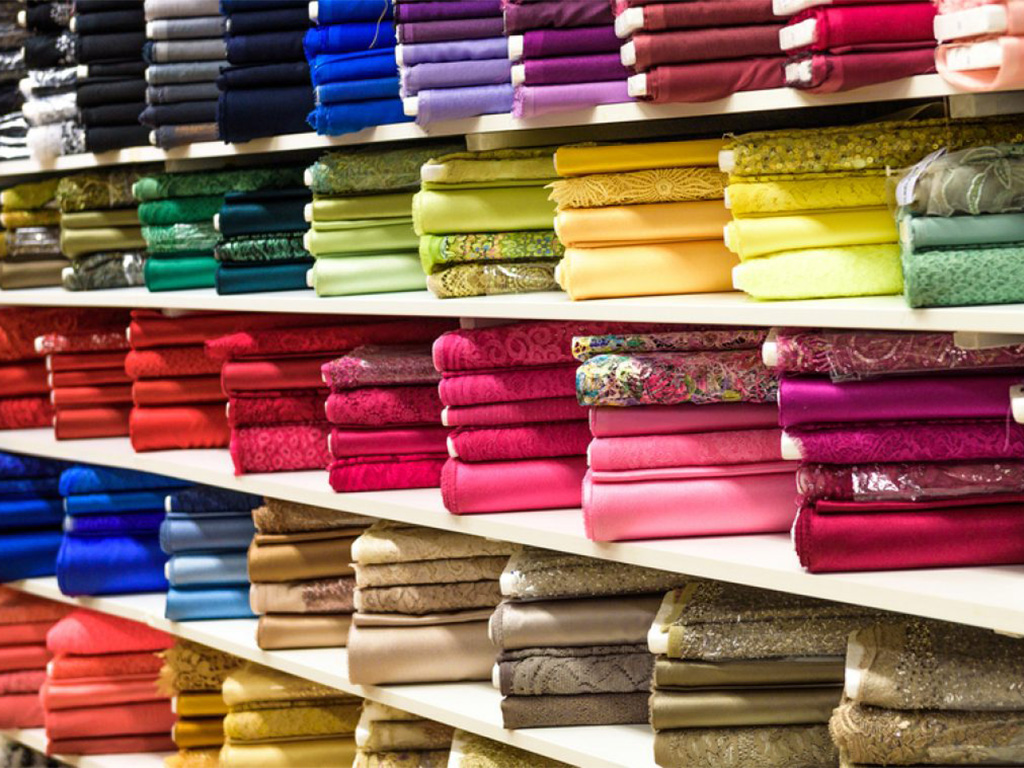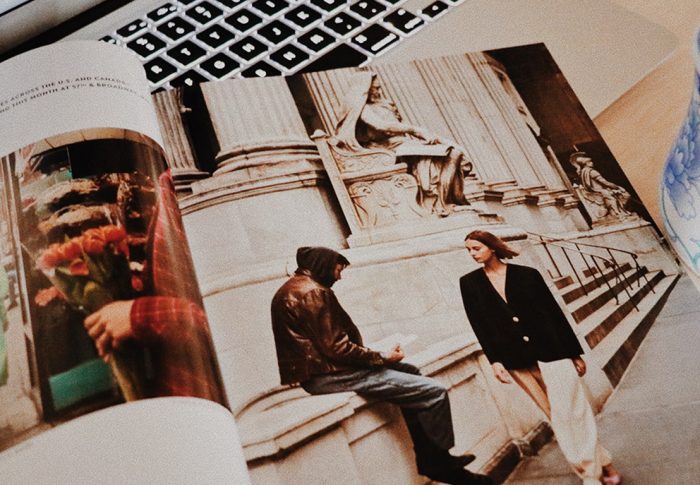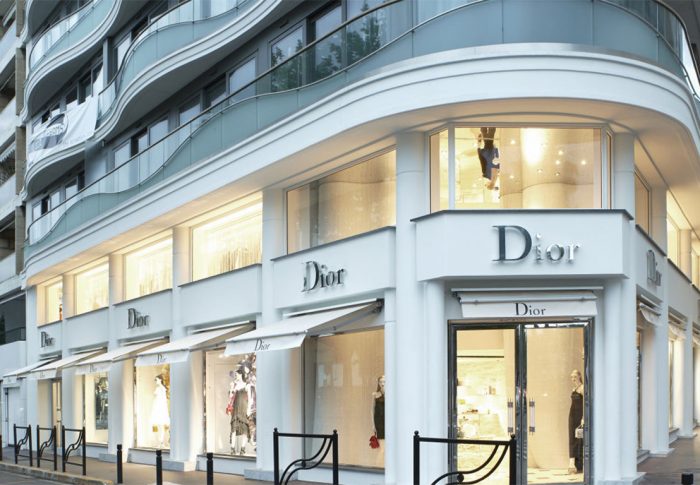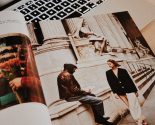
Fashion square

1.Haute couture

This is all about innovation and being spectacular. Haute couture is a costly high-end fashion, sewed by hand which is produced by prominent and leading fashion houses such as Dior, Chanel, Iris van herpen, Guo Pei and etc. It is also produced for well-reputed people and celebrities for special events . The concentration is a 100 percent on the creativity and the textures to make it as phenomenon as possible.
Charles Frederick Worth was the first who found the couture house in 1858. The ball gown which is currently kept in Metropolitan museum of art is one of his artworks; However, today a number of eminent brands produce Haute Couture for events like Met Gala. And it is also good to know that approximately only 2000 people worldwide annually purchase the coutures. The average time spent on it is at least 300 hours and it costs more than 90000 dollars.
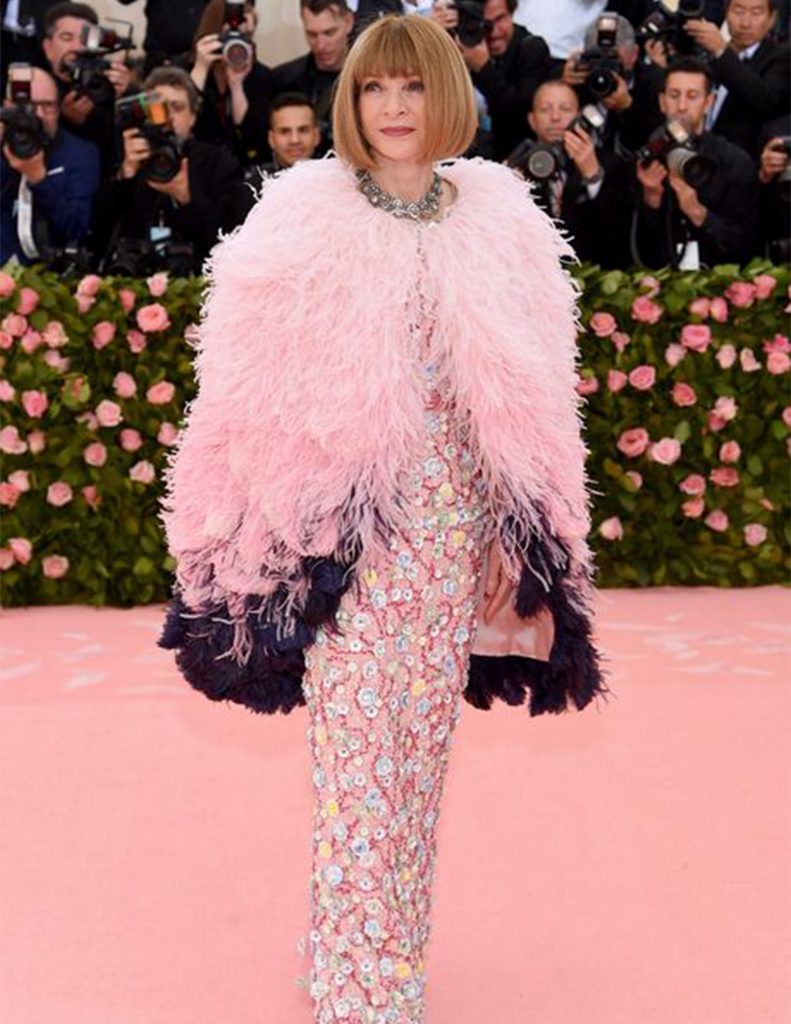
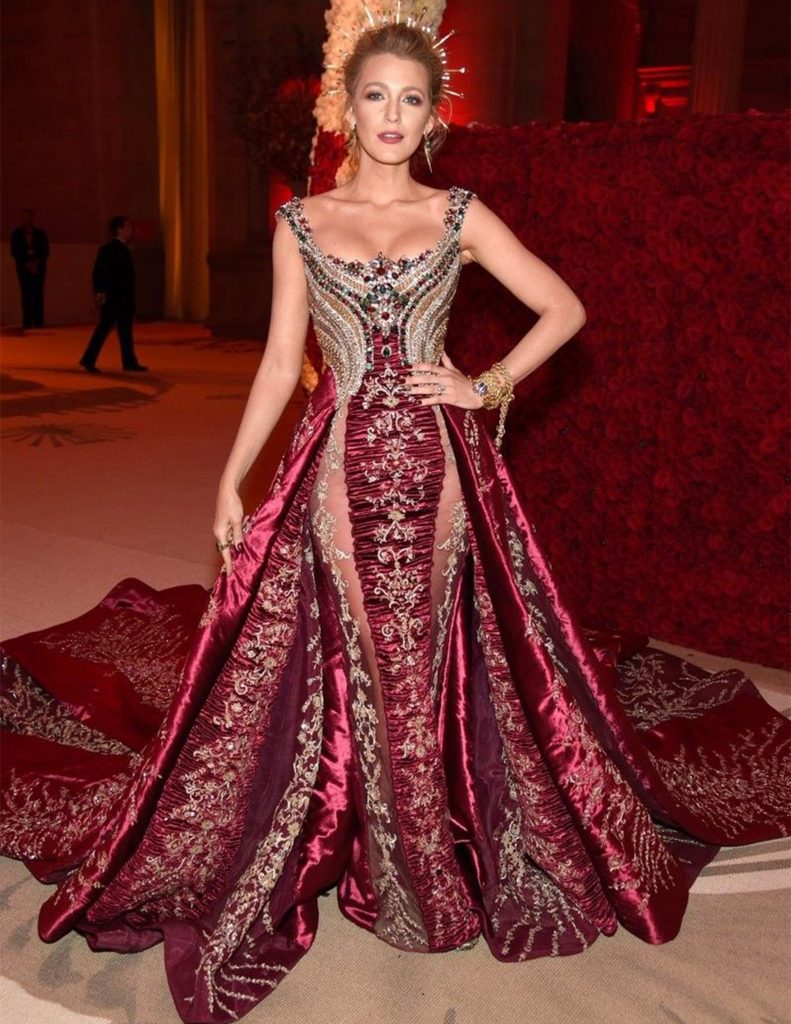
2. Ready to wear (RTW)
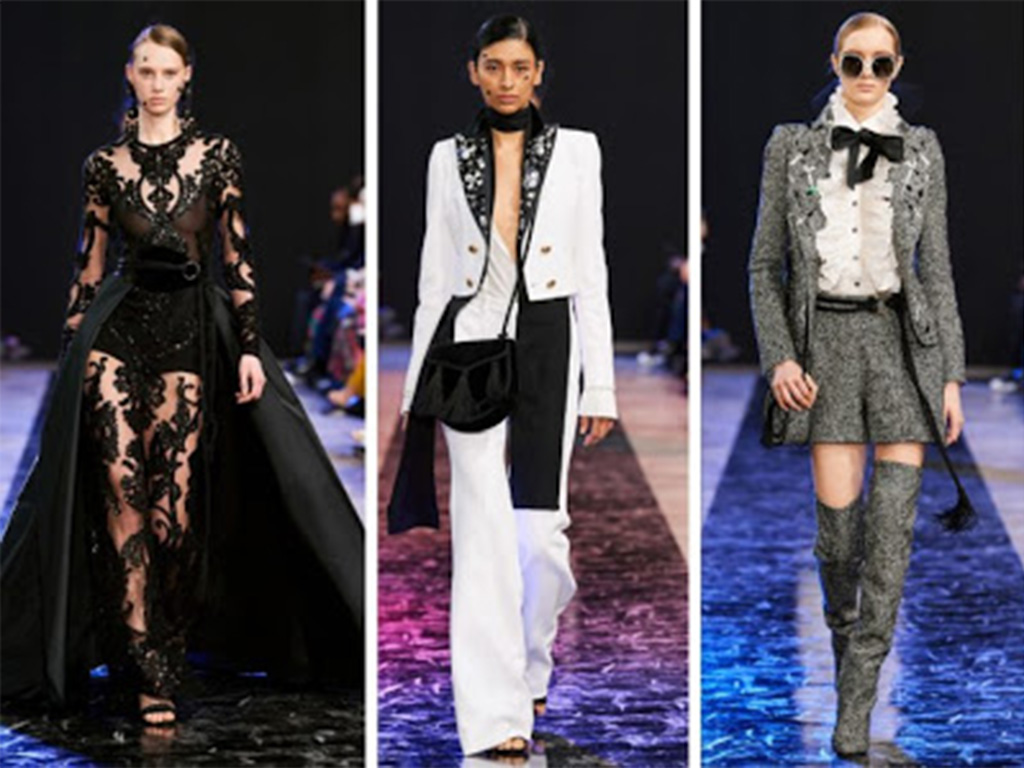
RTW collections are made in standard sizes and are usually purchased immediately. They are high qualified and expensive. Some Ready to wear brands are Gucci, Calvin Klein , Raulph Lauren and etc. The average time spent on a RTW is between 50-100 hours.
So what is the difference between Haute couture and Ready to wear?
As I mentioned, only a few people can afford Haute Couture; But lucky for everyone else, They inspire RTW collections which are more accessible and affordable.
Another thing is that Haute Couture fashion houses present their collections twice a year with at least 35 pieces, inviting guests on list; But RTW collections are on display once a year in advance; For instance, the 2020 fall collection should be presented in fall 2019 .
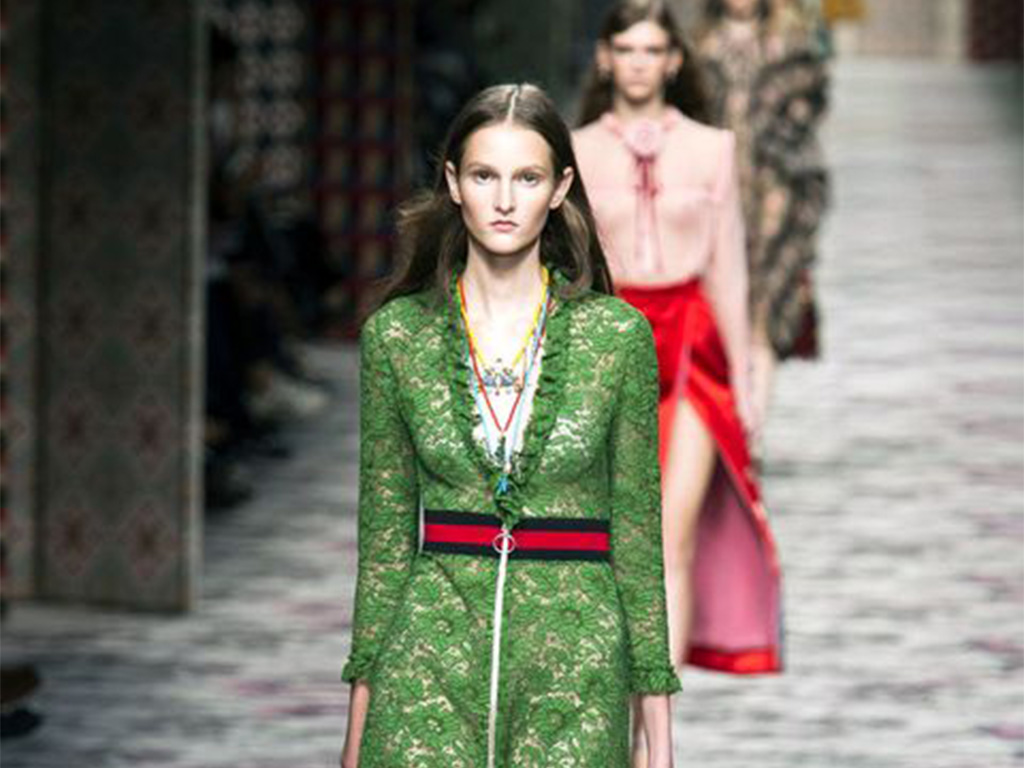
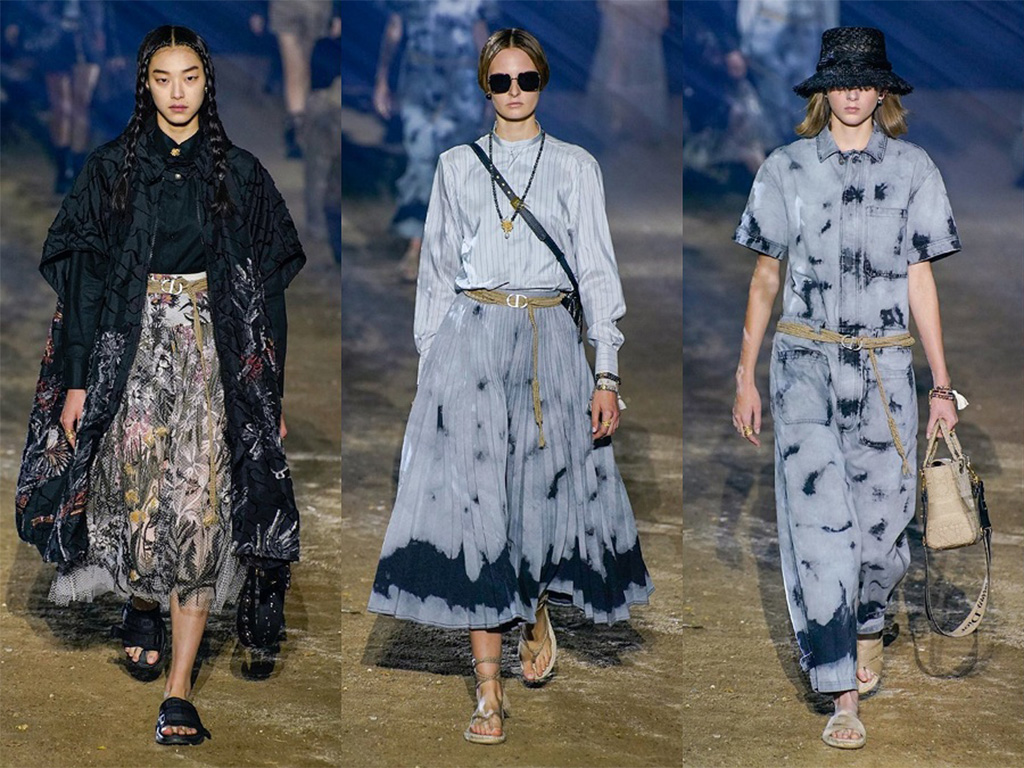
3. Fast Fashion
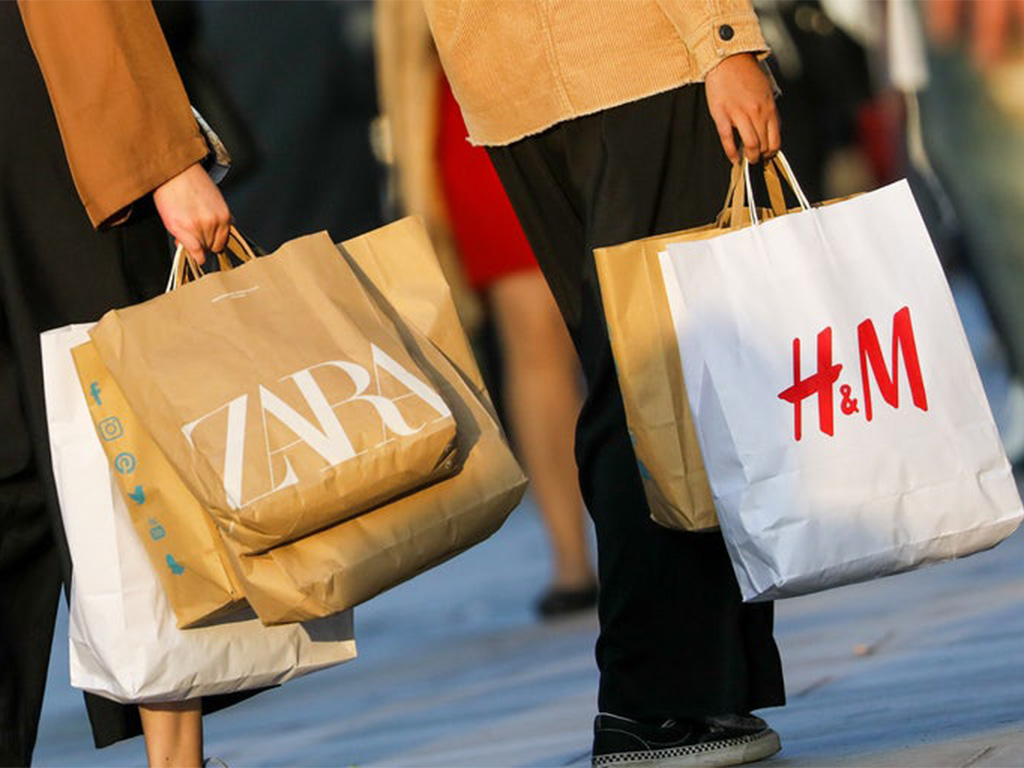
Fast fashion refers to low-cost designs which transfer quickly from catwalk to stores. They are produced massively with lower cost in different sizes; However, fast fashion leaves a significant environmental footprint and is responsible for a high Carbon emission. Brands such as Zara, Gap and H&M are categorized in the fast fashion group.
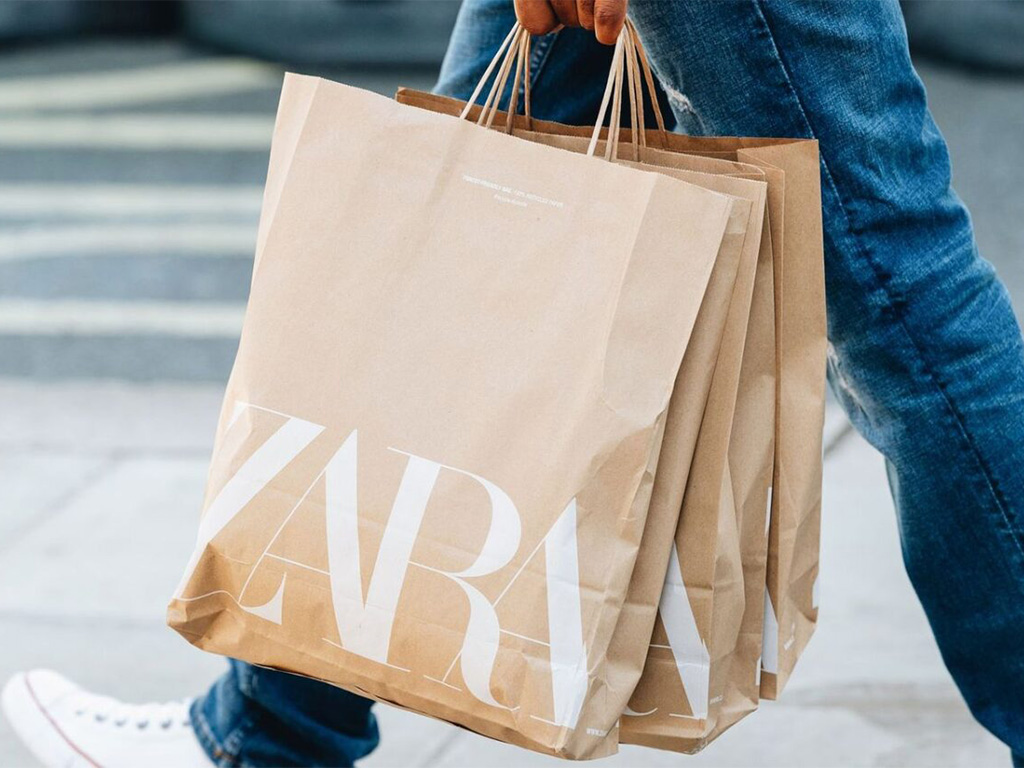
4. Mass production
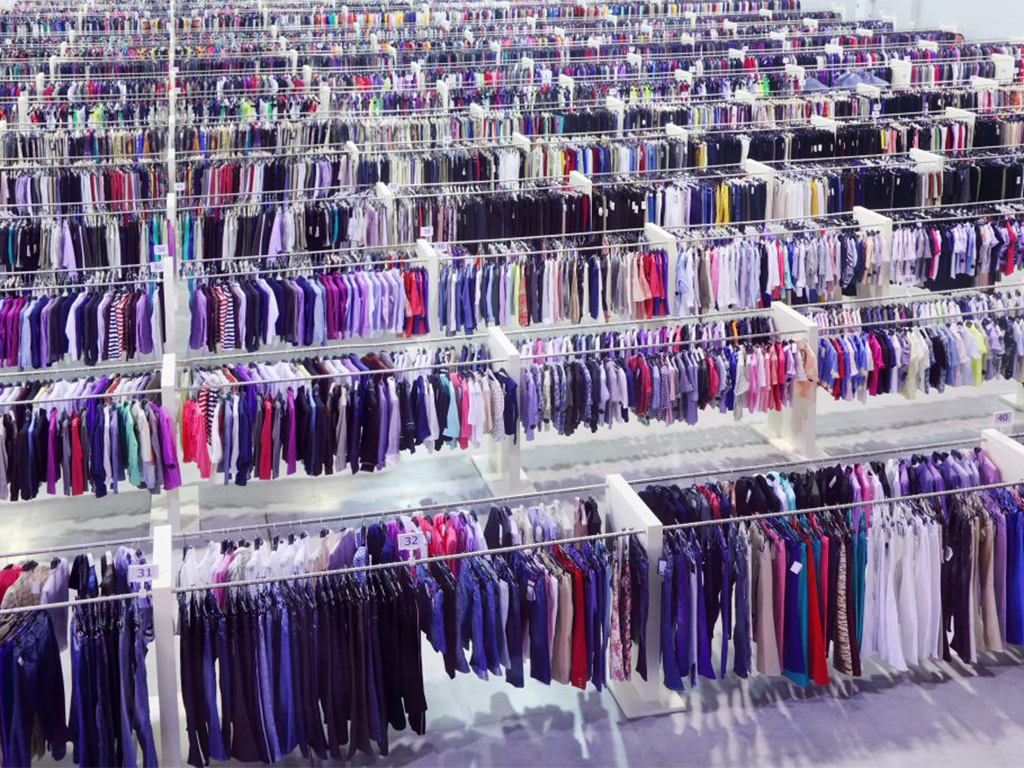
Mass production, also known as Flow production , produces a numerous amount of productions in a standard line and provides very inexpensive things. They are mostly casual. Some examples are Max and Red tag.
